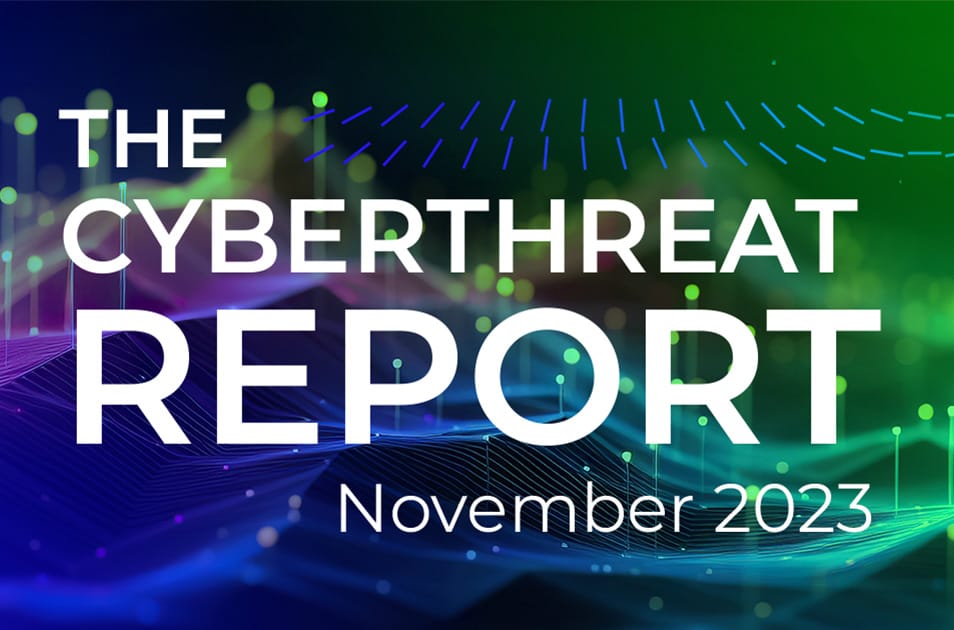Cybersecurity
Understand the cybersecurity landscape and what’s needed to protect your organization.
What is Cybersecurity?
Cybersecurity is the collection of measures and practices taken to protect computers, networks, programs, or systems from cyberattacks.
Read MoreWhat is Internet Security?
Internet security consists of a range of security tactics for protecting activities and transactions conducted online over the internet.
Read MoreWhat is a Zero-Day Exploit?
A zero-day vulnerability, at its core, is a flaw. It is an unknown exploit that exposes a vulnerability in software or hardware and can create complicated problems well before anyone realizes something is wrong.
Read MoreWhat is Information Rights Management?
Information Rights Management (IRM) is a form of IT security technology used to protect documents containing sensitive information from unauthorized access.
Read MoreWhat is the MITRE ATT&CK Framework?
MITRE ATT&CK® stands for MITRE Adversarial Tactics, Techniques, and Common Knowledge (ATT&CK).
Read MoreWhat is HIPAA Security Rule and Privacy Rule?
The U.S. Congress enacted the Health Insurance Portability and Accountability Act (HIPAA) in 1996 with the purpose of improving the efficiency and effectiveness of the U.S. healthcare system.
Read MoreWhat Is the General Data Protection Regulation?
The General Data Protection Regulation (GDPR) is EU legislation passed on May 25, 2018 that is designed to give individuals more control over their personal data.
Read MoreWhat Is Zero Trust?
Zero Trust is a cybersecurity model that assumes users and devices inside and outside an organization’s network have been breached and cannot be trusted.
Read MoreMachine Learning and Cybersecurity
Machine learning (ML) is a subgroup of artificial intelligence (AI) that focuses on teaching and developing algorithms to learn patterns from existing data.
Read MoreHow do Cybersecurity Policies and Procedures Protect Against Cyberattacks?
A cybersecurity policy sets the standards of behavior for activities such as the encryption of email attachments and restrictions on the use of social media.
Read MoreArtificial Intelligence and Cybersecurity
Artificial intelligence (AI) is the creation of intelligent machines capable of mimicking human cognitive functions and the ability to adapt to new situations without explicit programming.
Read More